Master of Orion
Mr. Donald Crowell, AP Physics teacher, goes over a lesson in formulas.
The National Aeronautics and Space Administration (NASA) is preparing to send four humans to Mars via the Orion, currently what is expected to be the first manned spacecraft to leave Earth’s orbit since the Apollo missions in the late ’60s and ’70s.
After it successfully leaves Low Earth Orbit, NASA intends to use the Orion as a vehicle to return to the moon in person, land a man on an asteroid, and even send a manned mission to Mars by the 2030’s, if all goes to plan.
The Orion craft will also be paired with a new launch system, the SLS (Space Launch System), designed to be the largest and most powerful man-made object launched into space.
This marks one of the first major enterprises since President John Kennedy’s promise to have a manned spacecraft on the moon within a decade. “[It’s] about time. We landed a man on the moon in ’69 and haven’t done anything since then,” said Mr. Mark Griffith*, businessman and astrophysics graduate from Massachusetts Institute of Technology. “We should have spent [more] on NASA, and less on war.”
Mr. Will Falconer, English 3 AP teacher and space enthusiast, agreed with this sentiment. “I think we should be putting our money towards new things [and] exploring new worlds. It is the only way we are going to keep learning and growing and evolving,” he said. “We are spending way too much on the military and not enough on space exploration.”
In 2013 alone, the federal tax budget for “national defense” had 25 times more money than what was allotted to “science, space, and technology programs,” according to the White House’s Federal Taxpayer Receipt.
According to NASA.gov, their 2015 fiscal budget totaled to 17.6 billion dollars, approximately 35% of all spending that the government allotted to science and education. Meanwhile, the military had a budget of 610.1 billion dollars in 2013. The estimated budget for the United States in 2015 is 3.9 trillion.
NASA’s focus on new projects has opened up many jobs for graduating college students, such as those involving aerospace engineering and astrophysics. The introduction of new, unprecedented missions has also created a need for doctors to take care of those who have returned from long flights, human biologists to study the effects of months in space, and mathematicians to calculate the potentially dangerous effects of gravity.
Private Space companies have been started, in part because NASA has not had enough money to continue their manned program until recently. These private space companies have even sent supplies to the International Space Station (ISS). This new development has worried Mr. Donald Crowell, Cam High’s Physics teacher. “It is an unsettling prospect to have random billionaires and oligarchs in the world obtaining more expertise and capability in space than NASA and the cooperative programs of the space capable nations of the world,” he said.
There are also many other benefits that come from NASA’s research, with tens of thousands of commonplace patents originating from their team. “The GDP growth that comes from the scientific advances that the space program facilitate is, well, astronomical,” said Crowell.
*Mr. Mark Griffith is the father of reporter Daniel Griffith; however, he is qualified to comment on this story due to his PhD in astrophysics from M.I.T.



















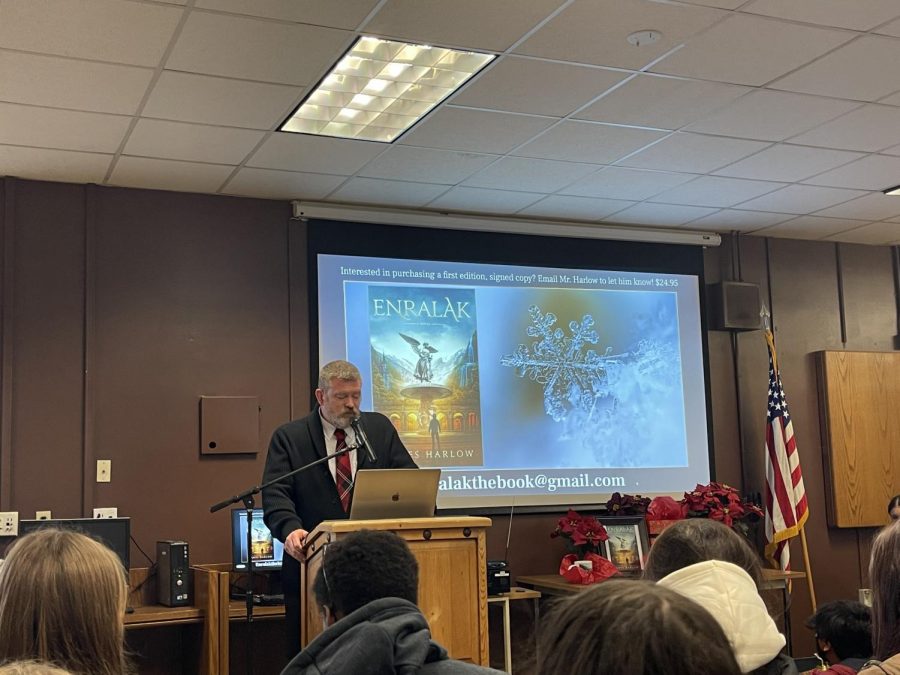
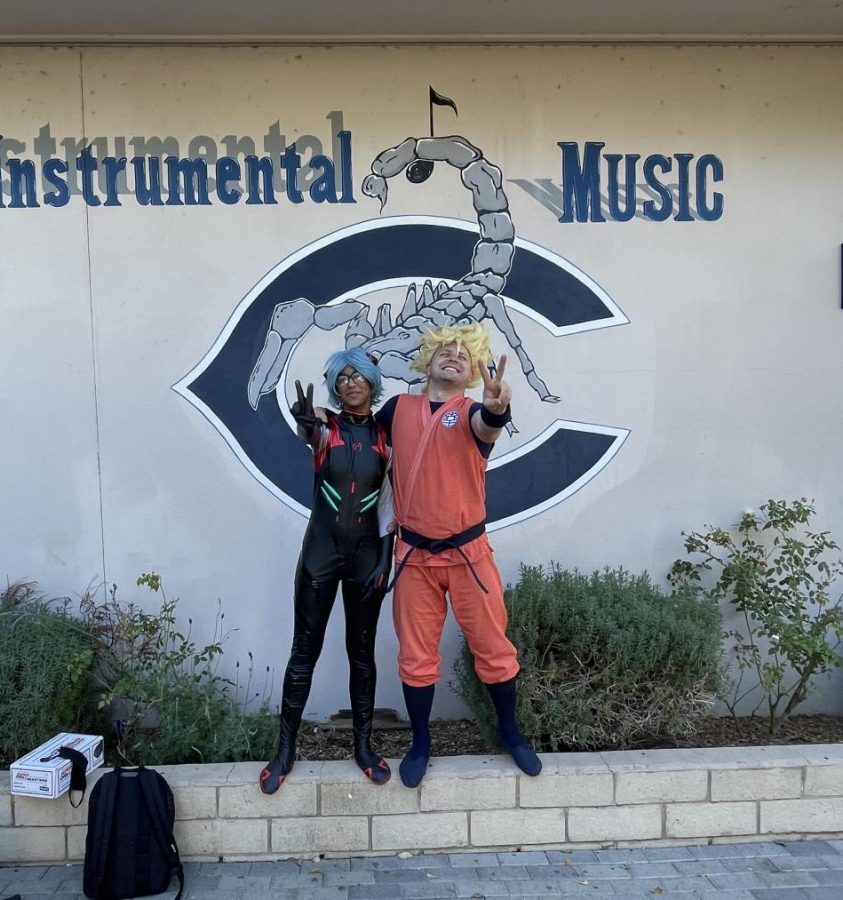






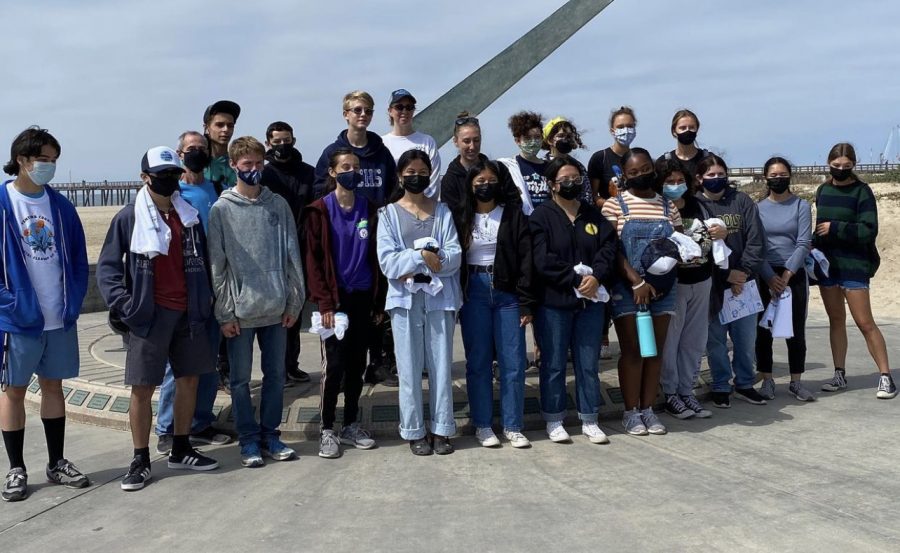













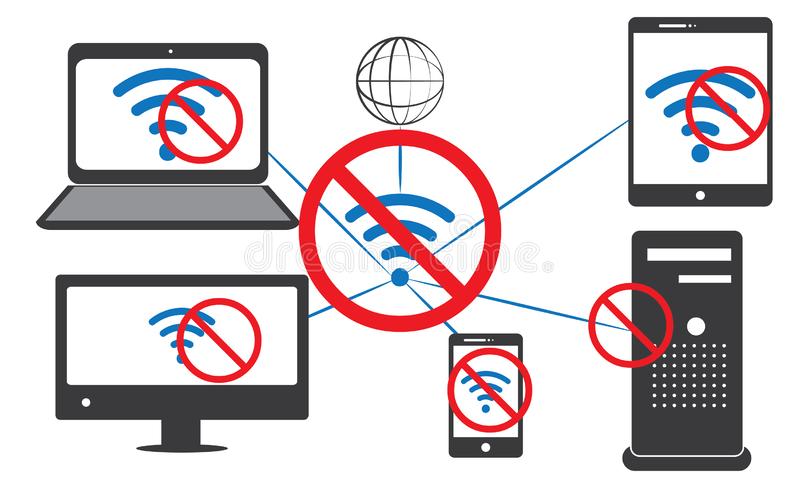
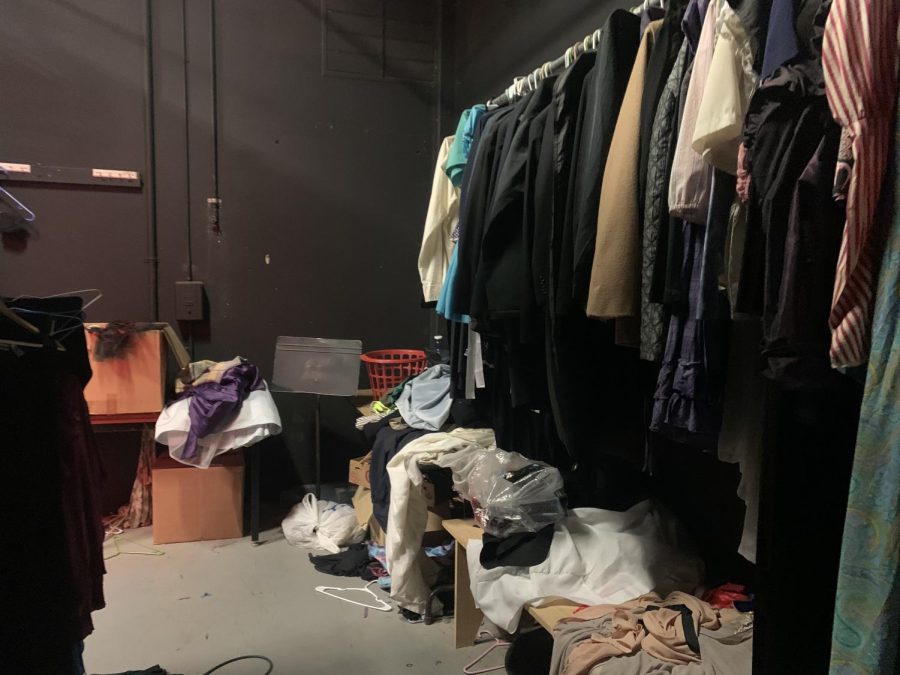




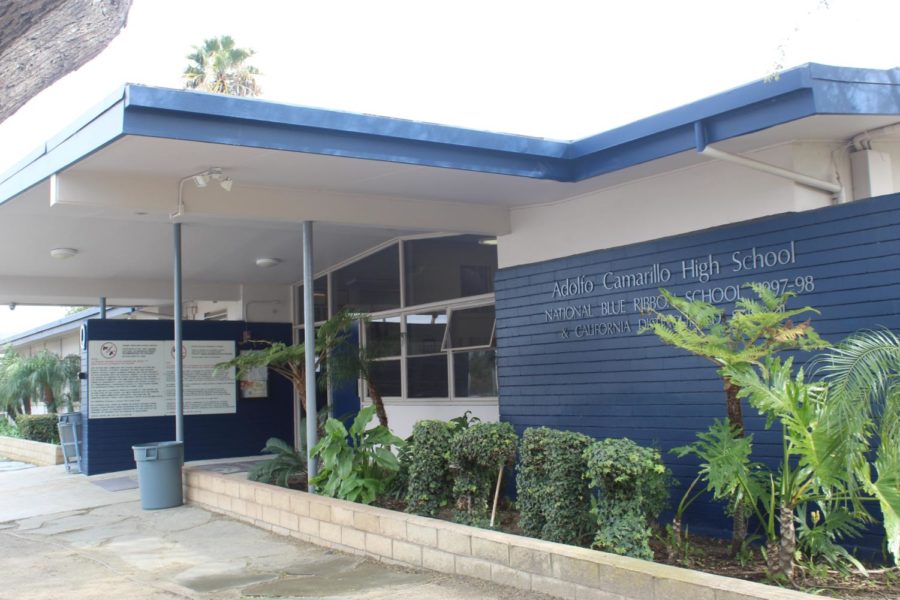


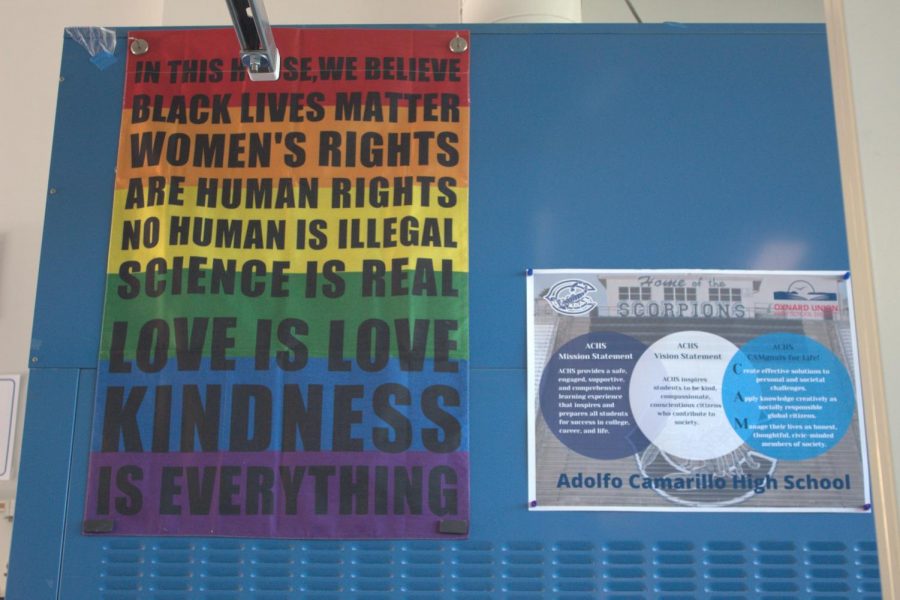












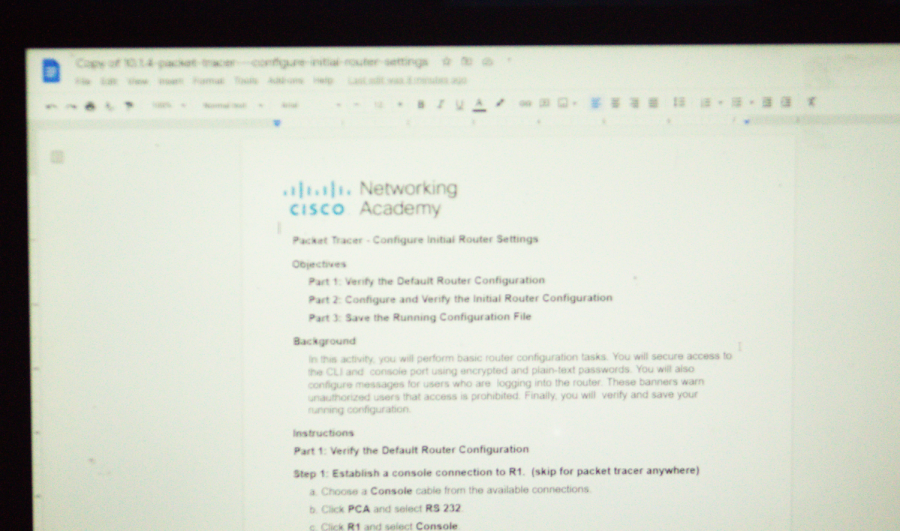

















![Senior Ditch Day... Relaxation or Truancy? [Video]](https://achsstinger.com/wp-content/uploads/2017/10/IMG_7119-900x599.jpg)
![Heavy Rain Hits Cam High [video]](https://achsstinger.com/wp-content/uploads/2017/02/maxresdefault-900x506.jpg)



